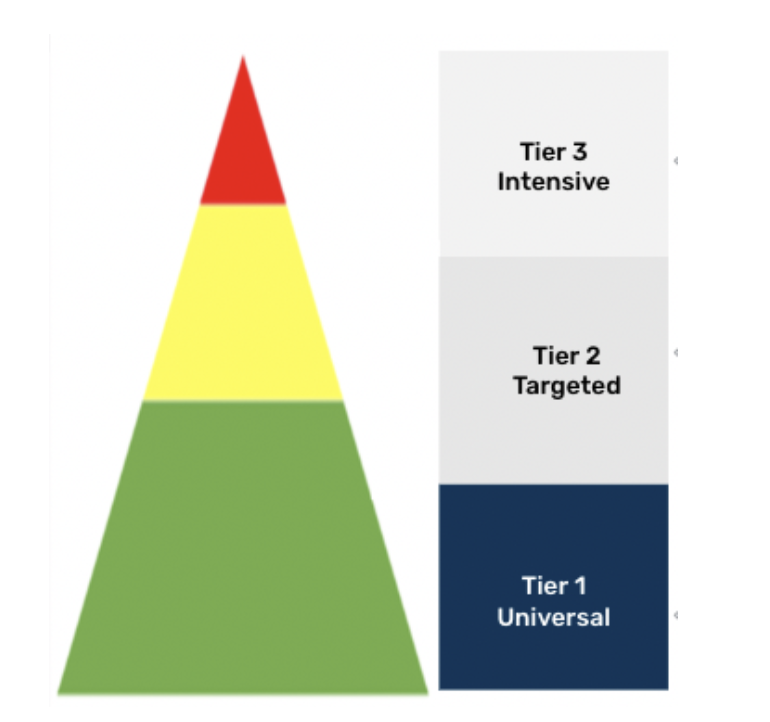Who sits on the MTSS Tier 1 Team?
In each school, a group of individuals with leadership over particular areas of service will be assigned to sit on the Tier 1 MTSS team. Tier 1 team members typically include the principal, counselor, climate manager, school-based teacher leaders, nurse, and EL point. Information about Tier 1 teams, including member roles and responsibilities, can be found in the Tier 1 Teaming Guide.
What happens in a Tier 1 meeting?
A Tier 1 meeting should include 6 key steps. A recorded training on Tier 1 meetings and the 6 meeting steps is HERE. Sample agendas that incorporate the 6 steps are HERE. tailored to Tier 1 Climate approaches, or create your own agenda that includes the 6 key steps.
What should team members do to prepare for Tier 1 meetings?
Prior to each Tier 1 meeting, team members should identify key celebrations and concerns and share these with the meeting facilitator. These celebrations and concerns may be drawn from quantitative or qualitative information. The monthly data snapshot for your school is a good place to start. This screencast provides an overview of how to use this tool. Also check out the Preparing for MTSS Tier 1 Meetings Screencast.
What happens after a Tier 1 meeting?
In the Tier 1 meeting, the team will focus on 1 or 2 areas that need improvement. They will create a precise problem statement about each area of concern, conduct a root cause analysis, set a goal, and create a high-level action plan for improvement. Team members will then share the problem statement and goal with implementation teams like Professional Learning Communities, climate teams, or PBIS/Relationships First/SEL teams. Working together, these teams will then identify strategies and make plans to achieve the goal. At the next Tier 1 MTSS meeting, team members will share the work that was done and analyze progress. They may choose to continue focusing on these areas of concern, or to move on to others.

